US scientists show the mechanism of toxicity of gold nanoparticles in living cells, and demonstrate that the nanoparticles are not toxic under diagnostic conditions.
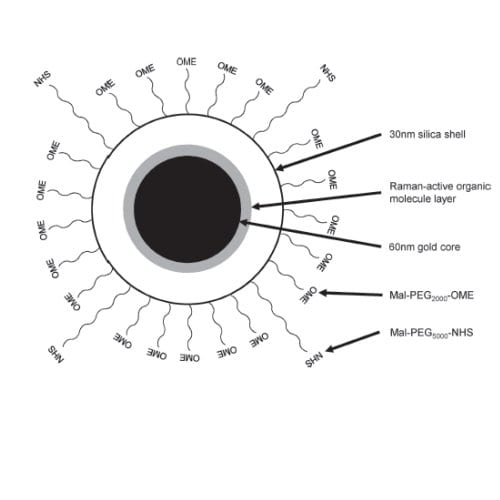

US scientists show the mechanism of toxicity of gold nanoparticles in living cells, and demonstrate that the nanoparticles are not toxic under diagnostic conditions.
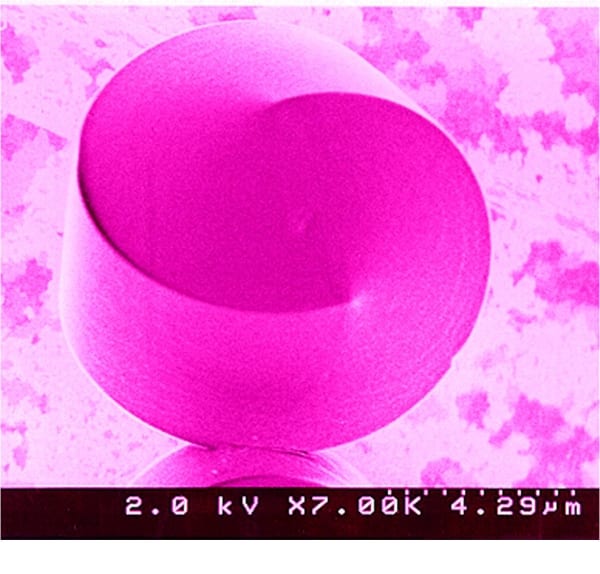
Professor Geoffrey Ozin from the University of Toronto discusses the endless possibilities of biomimicry and biotemplating.
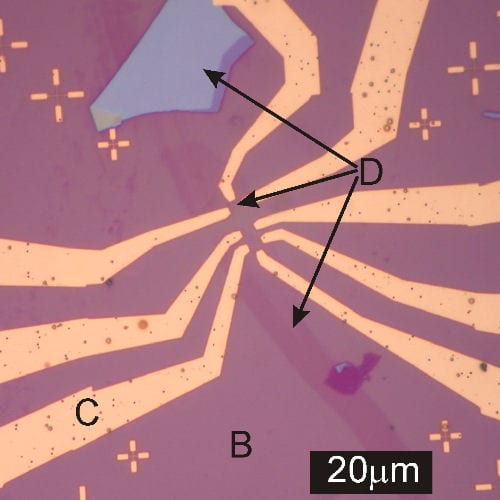
Nobel laureate Kostya Novoselov and his team open up graphene-based nanoelectronic devices by scanning probe lithography.
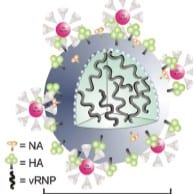
Functionalized gold nanoparticles are used to prevent flu viruses from attaching to and entering cells, in research by German scientists.
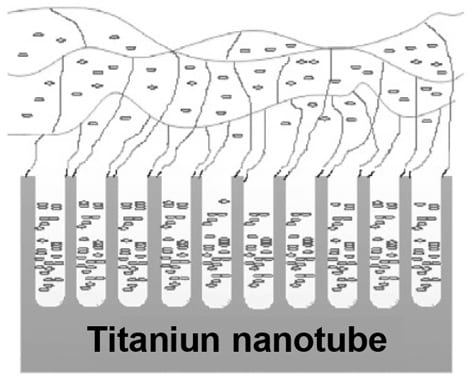
Chinese scientists developed a temperature-sensitive drug release system based on titanium nanotubes. A smart hydrogel layer acts as controlling barrier and releases drug for local drug therapy.
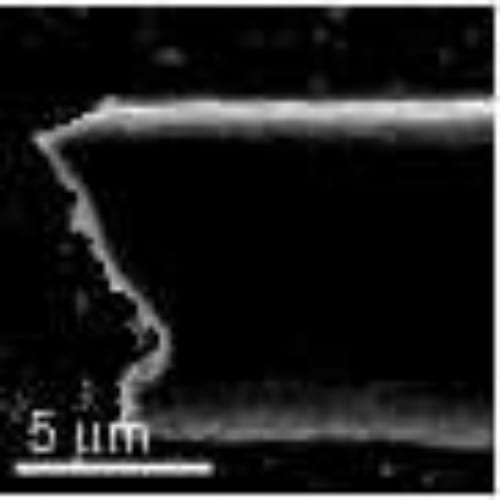
A rigorous study by British and Irish scientists demonstrates a clear relationship between alignment and loading of nanotubes in nanocomposites and the nanocomposite mechanical properties.
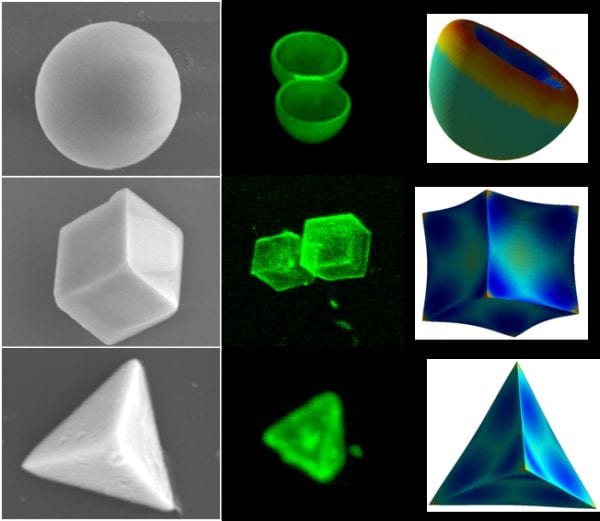
Precise reproduction of inorganic template shape to create hollow cubic and tetrahedral polymeric capsules with excellent pH, shape, and mechanical stability after core removal
Professor Geoffrey Ozin from the University of Toronto shares his thoughts along with those of Professor David Antonelli from the University of Glamorgan, regarding the role that nanochemistry can play in the current hydrogen storage challenge.
French scientists have made light-sensitive memory devices by combining carbon nanotubes and silicon nanowires.
In this latest author commentary, Dr. Tsukasa Yoshida reveals the story behind his Feature Article in Advanced Functional Materials